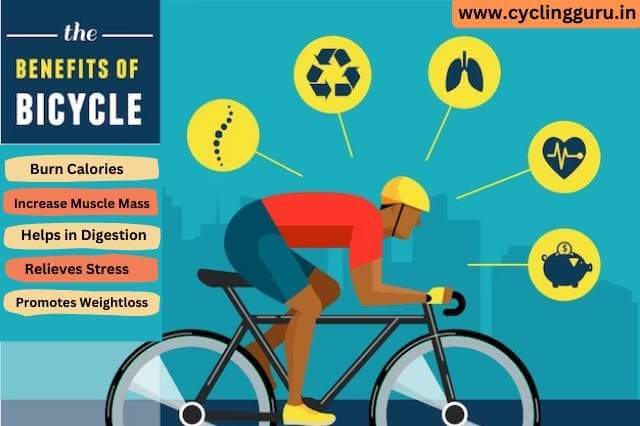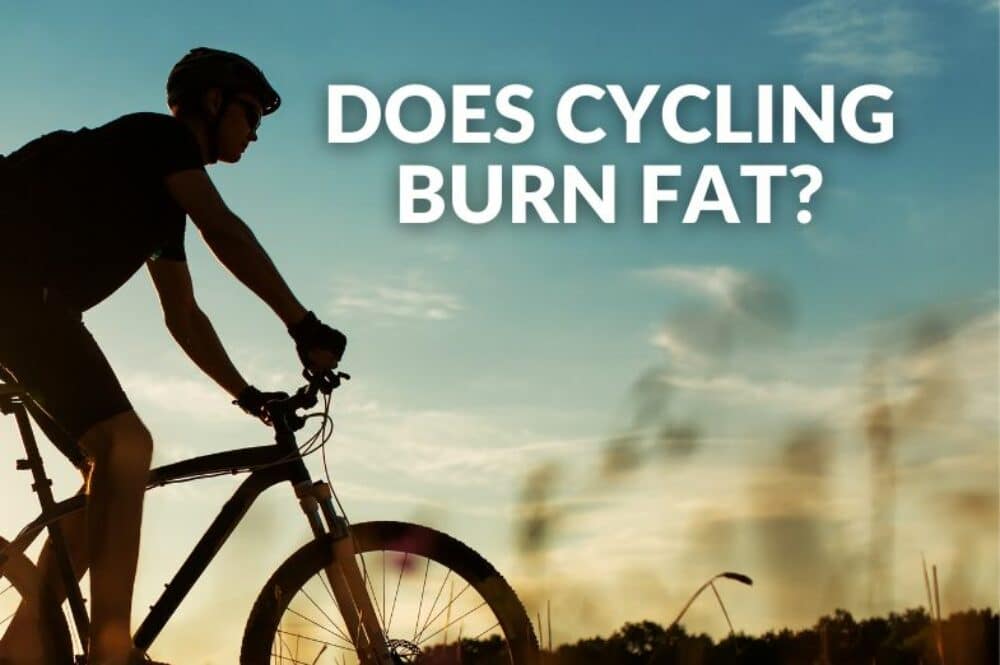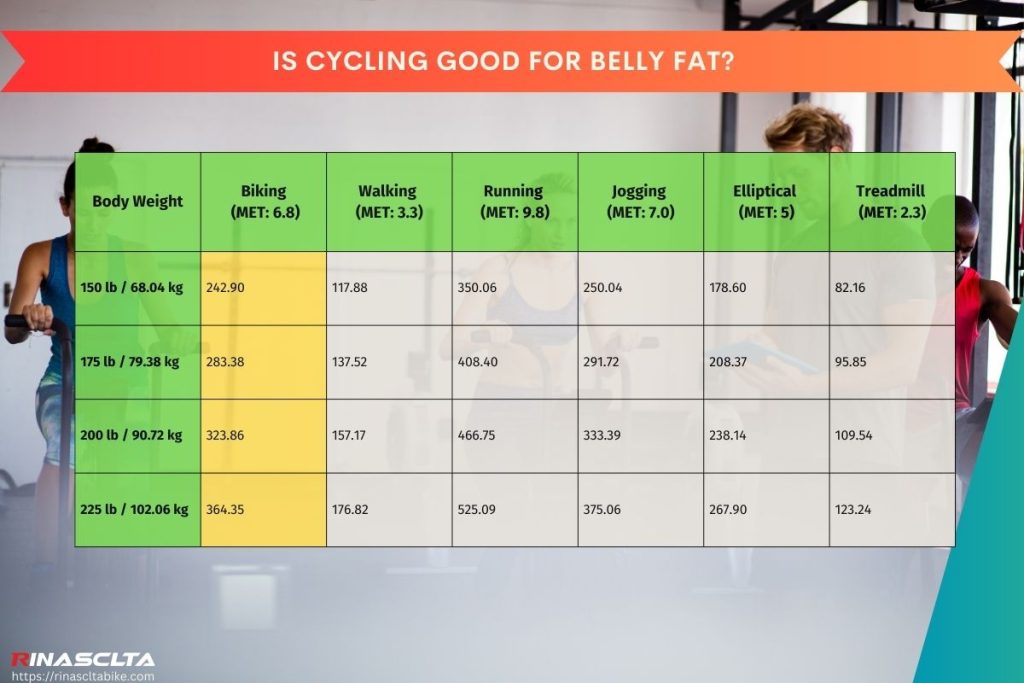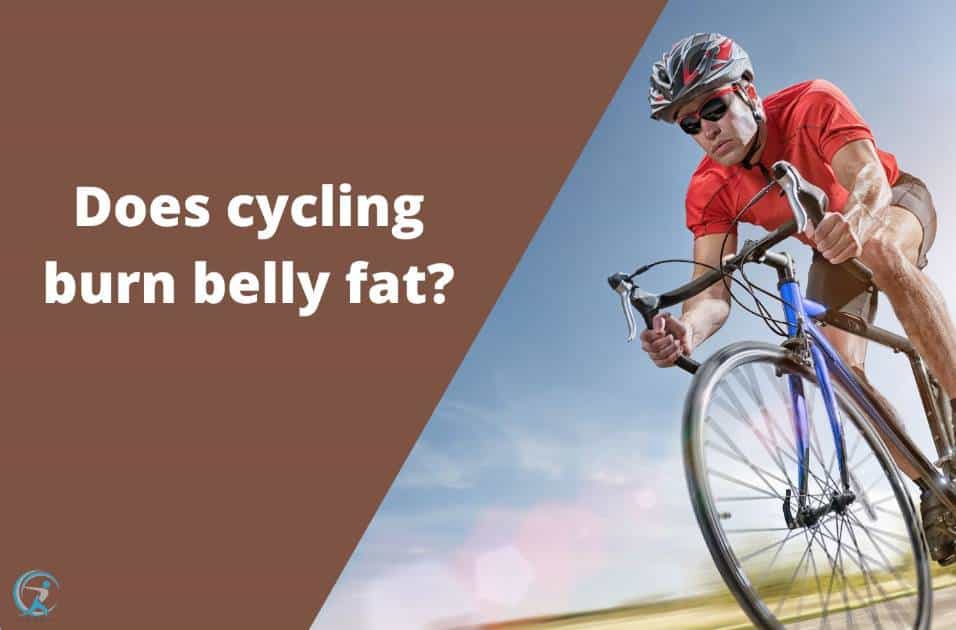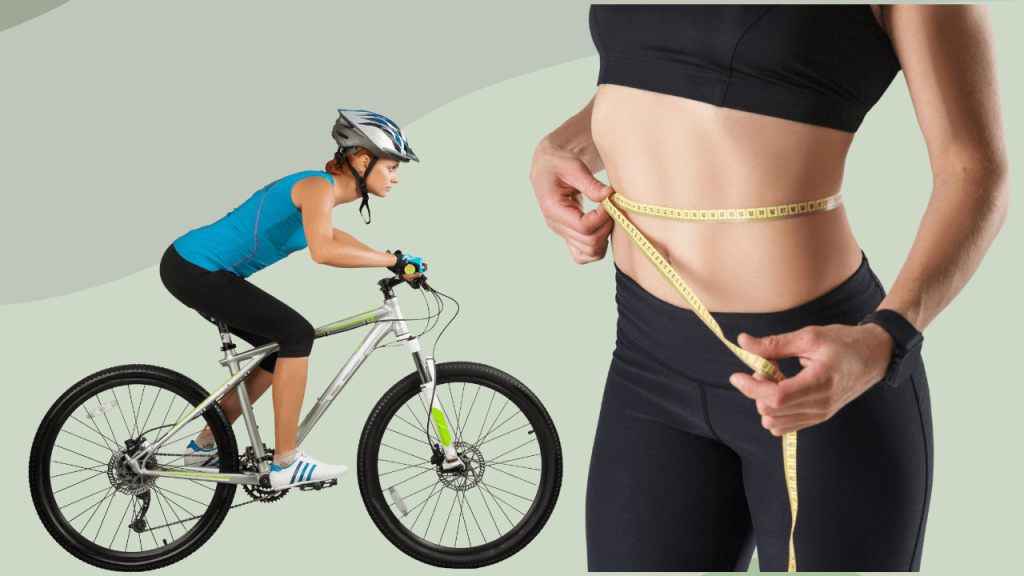Can Cycling Help Lose Belly Fat

Shedding stubborn belly fat is a widespread fitness goal, and cycling is often touted as a potential solution. But can pedaling your way to a slimmer midsection truly work?
This article cuts through the hype, providing a concise, fact-based assessment of cycling's effectiveness in reducing abdominal fat, based on existing research and expert insights.
The Science of Cycling and Fat Loss
Cycling, at its core, is an aerobic exercise. This means it relies on oxygen to burn calories, a fundamental requirement for fat loss.
Multiple studies confirm the link between aerobic exercise and reduced overall body fat. A 2010 study published in the Journal of Physical Activity and Health found that participants who engaged in regular aerobic exercise, including cycling, experienced significant reductions in abdominal fat compared to those who didn't.
The *National Institutes of Health (NIH)* emphasizes the importance of a calorie deficit for weight loss. Cycling, by increasing energy expenditure, contributes to this deficit, making your body tap into stored fat reserves, including belly fat.
Intensity Matters: How to Maximize Fat Burn
Not all cycling is created equal. The intensity of your rides plays a crucial role in how much fat you burn.
High-intensity interval training (HIIT) on a bike has been shown to be particularly effective. This involves short bursts of intense cycling followed by brief recovery periods, repeated multiple times.
A study in the *Journal of Obesity* revealed that HIIT workouts, including cycling HIIT, resulted in greater abdominal fat loss compared to steady-state cardio.
Dr. Emily Carter, a leading exercise physiologist, states, "Incorporating HIIT into your cycling routine can significantly boost your fat-burning potential. It challenges your body in ways that steady-state cardio doesn't."
Beyond Calories: The Holistic Approach
While cycling burns calories and promotes fat loss, it's not a magic bullet. A holistic approach, combining cycling with other lifestyle factors, is key.
Diet is paramount. You can't out-cycle a bad diet. Consuming a balanced diet rich in whole foods and limiting processed foods, sugary drinks, and unhealthy fats is crucial.
Strength training also plays a vital role. Building muscle mass increases your metabolism, helping you burn more calories even at rest.
Sleep and stress management are often overlooked but are essential for overall health and weight management. Lack of sleep and chronic stress can disrupt hormones that regulate appetite and fat storage.
Who Benefits Most from Cycling for Belly Fat?
Cycling is a versatile exercise suitable for a wide range of individuals. However, certain groups may find it particularly beneficial for reducing belly fat.
Individuals new to exercise may find cycling a low-impact and accessible way to start their fitness journey. It's easier on the joints than running and can be adjusted to different fitness levels.
People with busy schedules can easily incorporate cycling into their daily routines by commuting to work or running errands on a bike. This makes it a sustainable form of exercise.
Dr. David Lee, a registered dietitian, emphasizes that "Consistency is key. Whether you're a beginner or an experienced athlete, regular cycling, combined with a healthy lifestyle, can lead to noticeable reductions in belly fat over time."
When and Where to Cycle for Optimal Results
The best time and place to cycle depend on individual preferences and schedules. However, there are some general guidelines to consider.
Morning workouts can kickstart your metabolism and help you burn more calories throughout the day. However, any time of day that fits your schedule is better than no exercise at all.
Cycling can be done outdoors or indoors on a stationary bike. Outdoor cycling offers the added benefit of fresh air and scenery, while indoor cycling provides a controlled environment and convenience.
The Bottom Line: Cycling Can Help, But It's Not the Only Answer
Cycling can be a powerful tool in the fight against belly fat, but it's not a standalone solution. It requires a consistent effort and a holistic approach that includes a healthy diet, strength training, adequate sleep, and stress management.
Start by incorporating regular cycling into your routine, gradually increasing the intensity and duration. Consult with a healthcare professional or certified personal trainer for personalized guidance and to ensure you're cycling safely and effectively.
Ongoing research continues to explore the optimal strategies for using cycling to achieve specific fitness goals. Stay informed and adapt your approach as needed to maximize your results.



